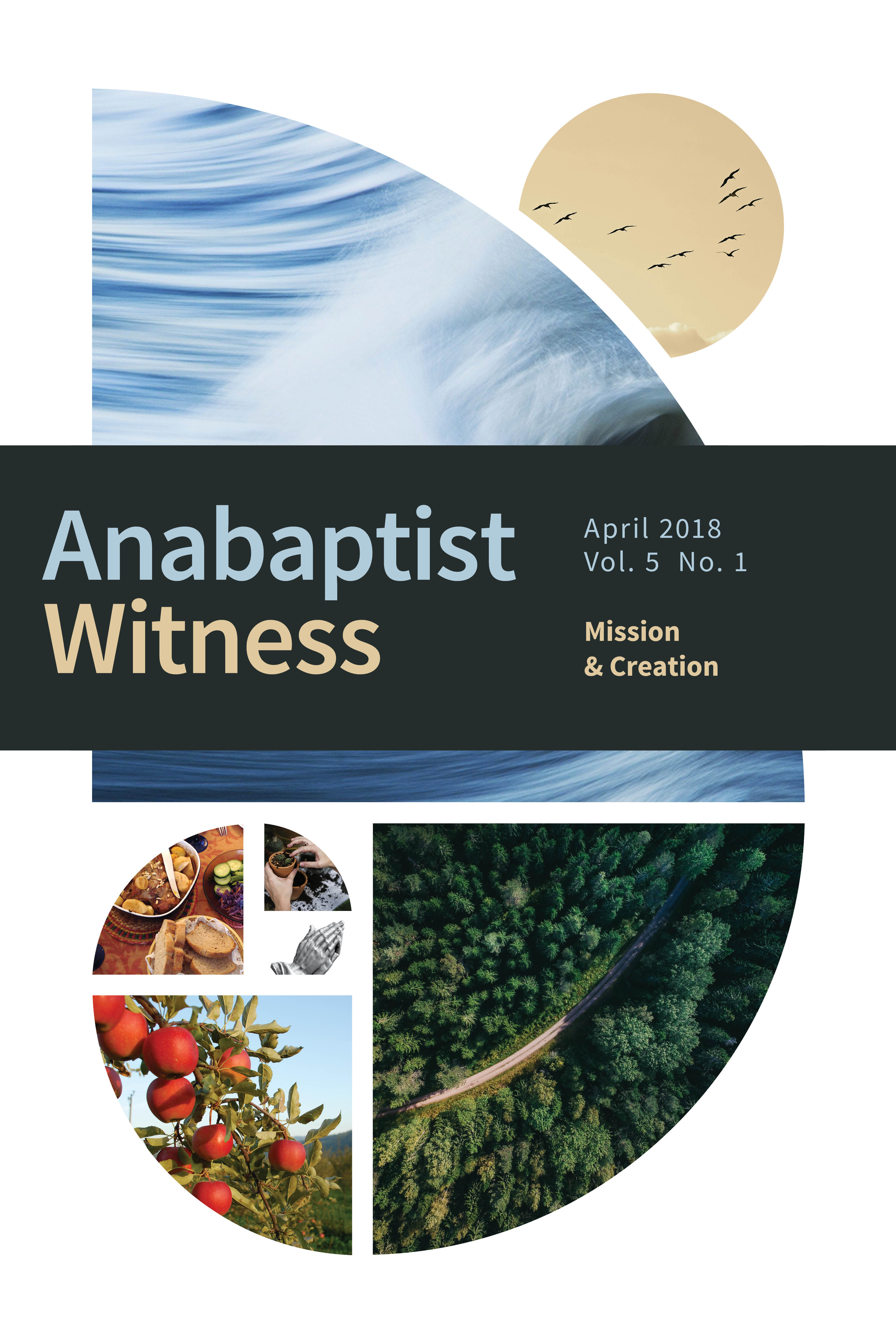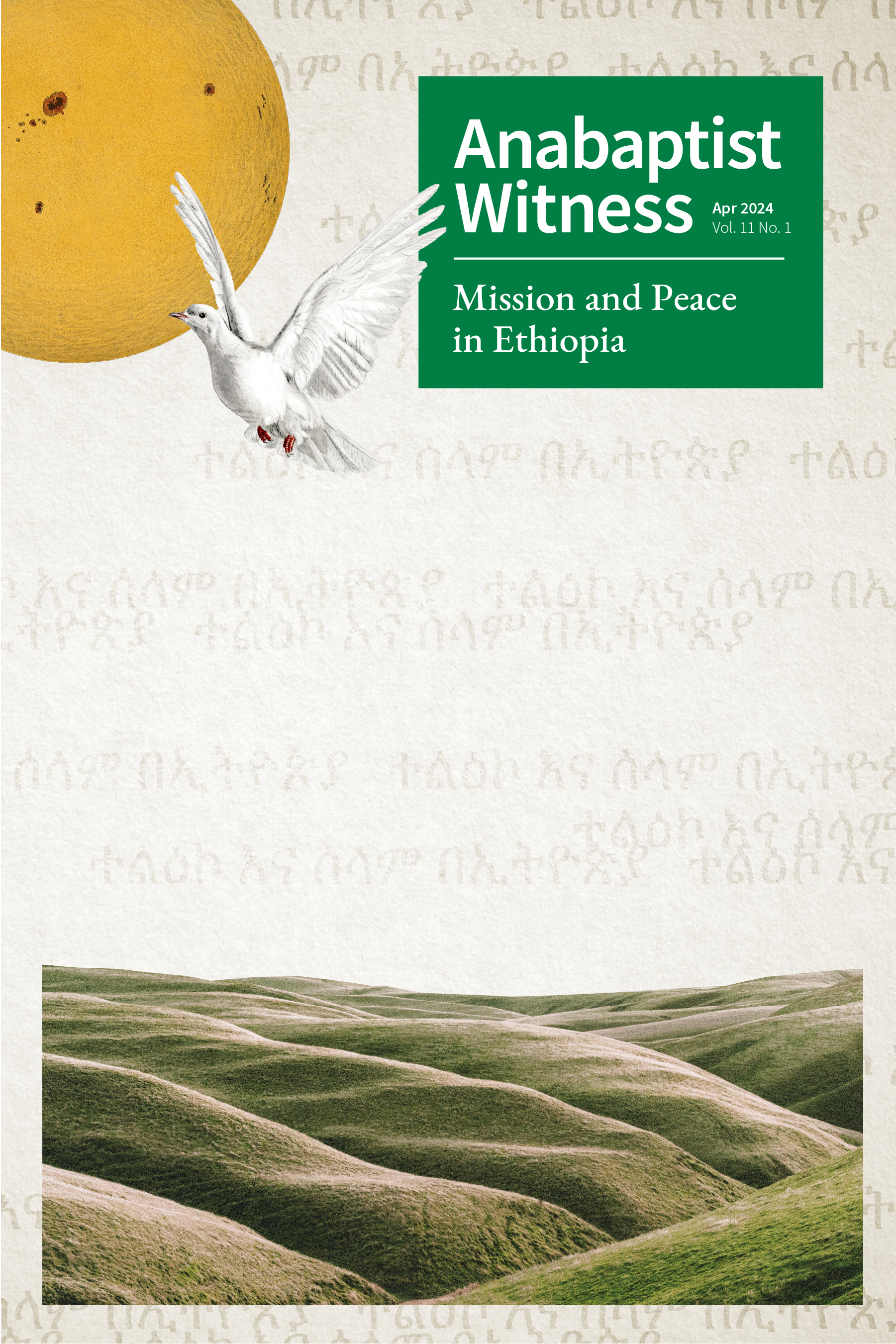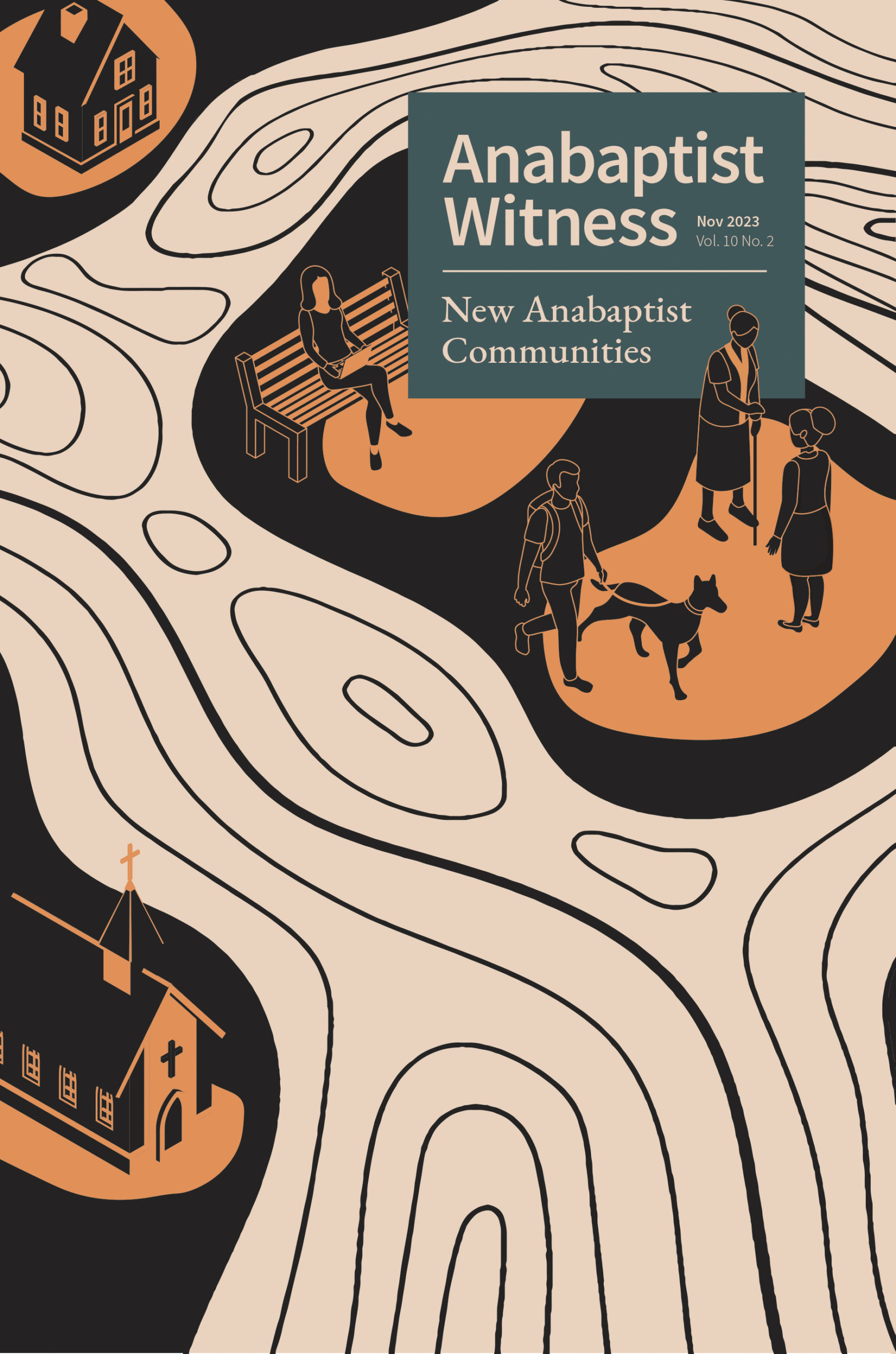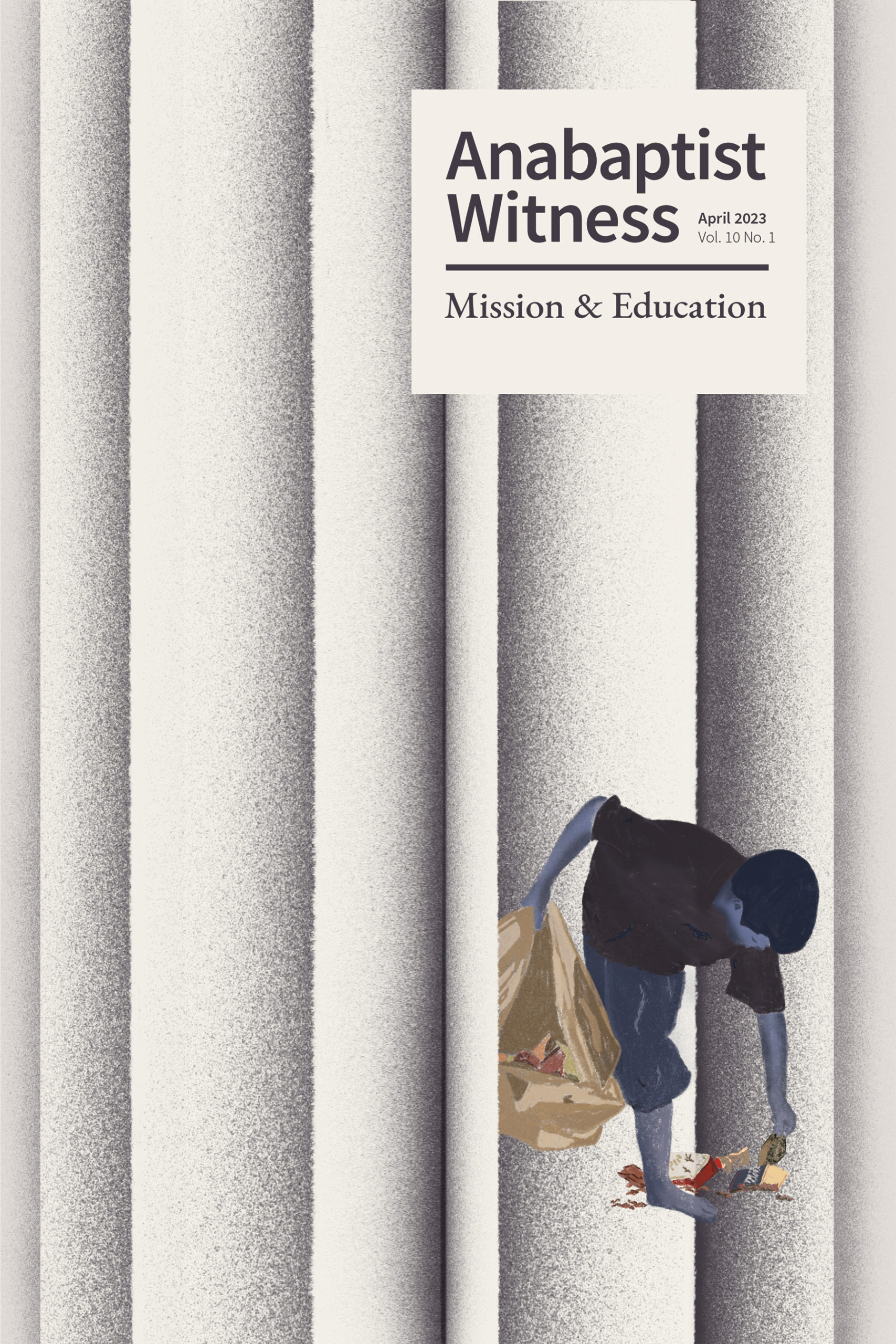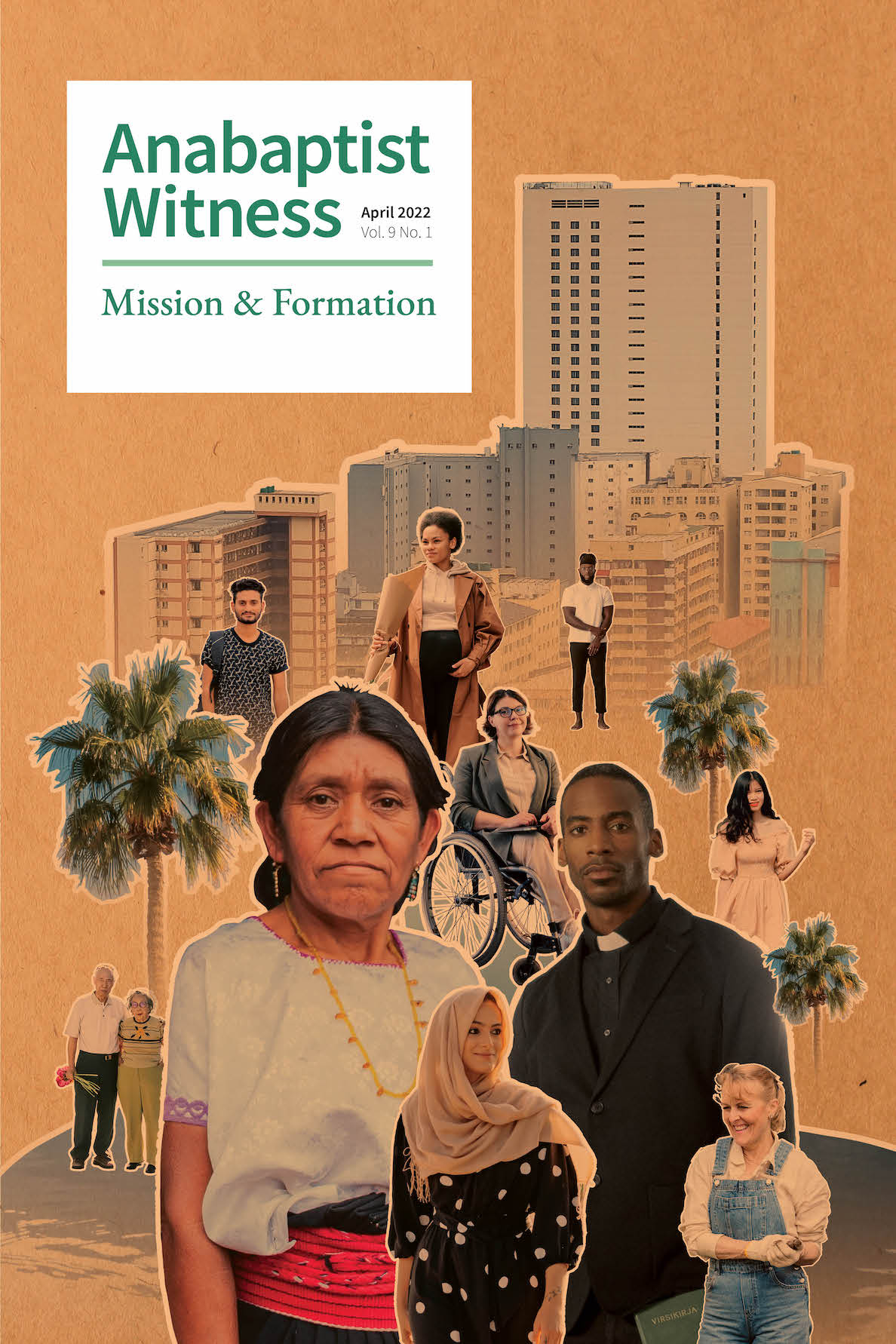Mission & Creation
About This Issue Download this issue
Mission & Creation
As I’m writing this, the landscape outside my window is showing signs of the slowly coming spring. Tulips and daffodils are pushing up through the cold earth, and the buds on the Japanese magnolia are about to burst open- evidence of new life after a cold and snowy winter in Ohio. It’s a time when my thoughts naturally turn to contemplating the created world, admiring its hopeful beauty beginning to peek out in blooms and thawing earth. This is also the season of Lent, when we trace the journey of Jesus to the cross with gravity and trepidation. This mood of Lent seems appropriate for contemplating the state of the natural world, which is undeniably in peril. Climate change has created superstorms that flood cities and farms, while drought plagues others. The calls of alarm sounded by environmentalists are growing ever more dire as we confront the reality of climate refugees and the mass extinction of species due to habitat loss. Yet, this sober reflection of reality during Lent always takes place at the same time as the riotous color and life of spring are beginning to bring us out of the darkness of winter.
In the midst of the ominous message that we are careening toward destruction, there are signs of hope everywhere in acts large and small that people are taking to mitigate the effects of climate change and restore damaged lands. Jane Goodall has always been a personal hero of mine because of her ability to face the reality of this time of immense environmental destruction while at the same time recognizing there are reasons for hope. In her book Reason for Hope, she notes that despair and apathy are the easier path because they keep us from taking action.1 It is much harder to look at all of the hurt in the world and figure out how to begin making a positive change. The sermons, articles, and essays in this issue of Anabaptist Witness represent some of these voices of hope who have taken up the call to make change in the world.
Katerina Friesen’s sermon helps us reimagine stones as animate beings that break apart in an earthquake when Jesus dies. The stones are the first to witness the resurrection of Christ within his cave-like tomb. She urges us to see the world as indigenous people do and argues that “renewed imagination is precisely what is needed in this age of climate crisis.”
Elizabet Geijlvoet recounts her experience with community gardens in The Netherlands and outlines a proposal for a school garden of hope in Kaxere, Syria. She argues that gardens have the power to bring people from different cultural backgrounds together to tend the earth and provide sustenance for their lives in peace.
Wendy Janzen reminds us that we need to be in relationship with creation and that doing so involves closely examining how our everyday lives do harm to the created world. She argues that wildness is something everyone needs in their soul for remembering that they are created beings, not the ultimate creator.
Matt Wiens articulates a practical course of action that nonprofit agencies can take to mitigate carbon emissions resulting from their travel. He proposes carbon onsetting as a viable way that Mennonite Mission Network and others could invest in environmental work in their own communities.
Andrew Francis brings insights from environmental efforts and struggles in the UK Anabaptist community, including land use and housing choices. He notes that orthopraxy is a gift that Anabaptists bring to the theological table—the value of living out faith in tangible ways. He also argues that we need ecumenism among Christians as well as interfaith dialogue among those of all religions in order to have a positive impact on environmental work in our respective countries.
A great deal of ink has been used writing about Christianity and ecology from a wide variety of viewpoints. The burgeoning field of ecotheology is evidence that Christians have begun to take seriously their responsibility for the well-being of the created world. There is a long list of publications on many facets of this task, from biblical perspectives on land use to imagining what Jesus might have to say about the dangers of our consumptive culture in relation to the earth. In this issue of Anabaptist Witness, the focus is less on theology than on the actions of God’s people out in the world, which is the essence of mission. Part of this involves evangelizing for an ecological vision, and another part of it is doing the work of mission in caring for the earth and humanity simultaneously.
For the most part, the articles included in this issue offer signs of hope through action instead of self-reflective despair. It seems that secular environmentalism can too easily get stuck in this latter mode of being, lamenting the loss of species and habitat and feeling powerless in the face of the immovable force that is global consumer culture. For Christians, this is also the mood of Lent, lamenting an impending loss that we have caused even as we look forward to redemption. This isn’t to say that religion is required for hope, but it provides a certain grounding to environmental work that allows us to take a long view, to work even though we might not see the fruits of our labors, because God requires this work of us.
For those in the Anabaptist tradition, a further layer defines our work on behalf of creation; that is, our mandate to cultivate peace. In a world gripped by the helplessness and despair of Good Friday, mourning the pervasiveness of violence and the destruction of the earth, it is good to remember that there are many people working toward healing the small bits of creation in their own local context. This is happening in school gardens and sacred acts of tree planting. It is happening through the messages we share with each other on Sunday mornings of the need to see the world from the perspective of stones and to recognize our duty to reconcile with our damaging acts against creation. It happens in choosing to live more simply in shared homes and introducing carbon onsetting schemes to mitigate the environmental cost of ministry.
As we enter this season of new life, I invite you to reflect on the ideas and hopes of the authors of this issue and consider how you can work toward the restoration of the land in your own community.
Sarah Werner, guest editor
1. Jane Goodall and Phillip Berman, Reason for Hope: A Spiritual Journey (New York, NY: Warner, 1999), 240.
